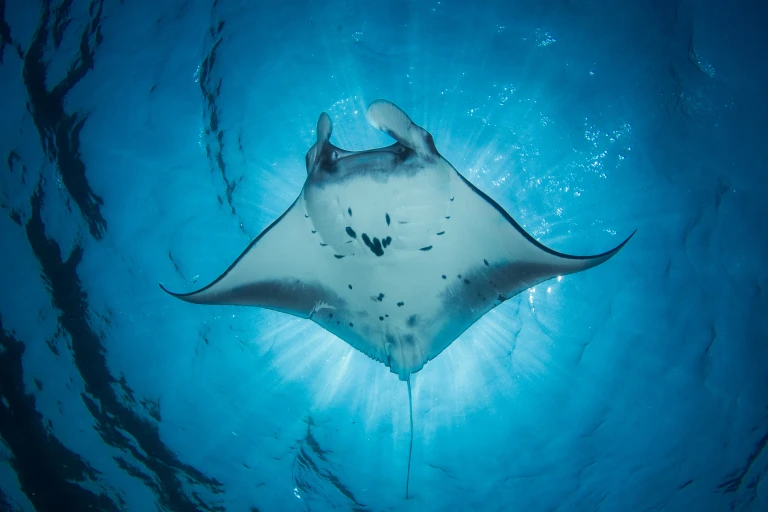
Scientists from the Ocean Megafauna Foundation and Murdoch University report that the waters of Komodo National Park are home to a significant number of mantas from the ray family. Interestingly, these amazing creatures can be encountered here at any time of the year. The region, a UNESCO World Heritage Site, is crucial for preserving this threatened species of cartilaginous fish.
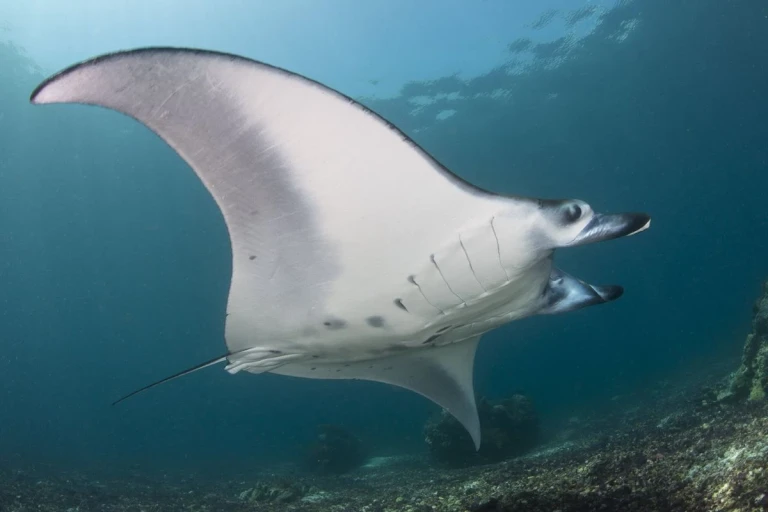
According to information from the scientific site Psys, reef manta rays (Mobula alfredi), reaching up to five meters in length, prefer to inhabit and forage in shallow and coastal areas. They visit coral reefs in search of plankton and other small organisms, as well as to remove parasites from their skin.
During the research, scientists collaborated with diving instructors working in Komodo National Park to obtain photos for ray identification. The collected photos were sent to the "MantaMatcher.org" website, an online database collecting information about mantas and other rays from participants in the research and scientific community.
With the help of divers, more than 1,000 individuals were identified from over 4,000 photos. The study continued for five years.
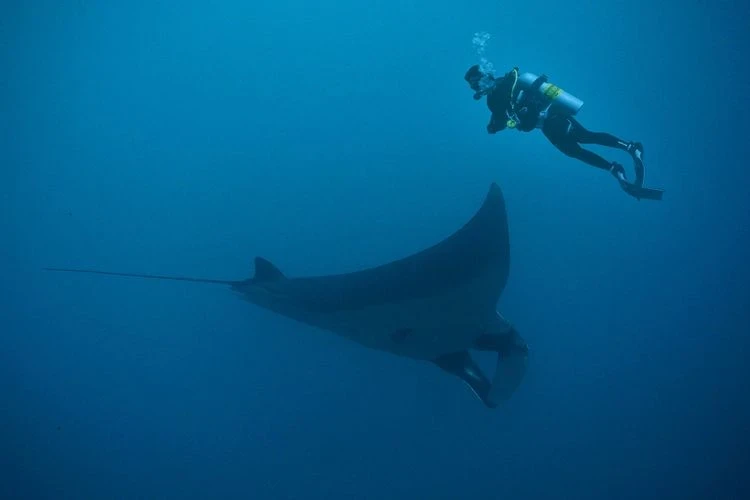
Mantas are identified by unique patterns on their bellies, making each of them distinct. Leading scientist and co-founder of the Ocean Megafauna Foundation, Andrea Marshall, collaborates with software development company WildMe to create an online wildlife database platform that allows matching and cataloging mantas from various populations worldwide. "People adore mantas; they are among the most iconic animals in our waters. The growing number of people engaging in diving and the availability of underwater cameras mean that photos and videos taken by the public can be used for rapid data collection," says Marshall.
Photos of mantas, along with accompanying information about the time and location of sightings, are then used to compile individual manta observation histories. This information can be analyzed using statistical models of movement. These models enable predicting the probability of mantas staying or moving between specific locations, including Komodo National Park. Some mantas migrate within the park, while others may travel over 450 km westward or to the Nusa Penida area. Overall, mantas exhibit individual preferences for specific locations within the park.
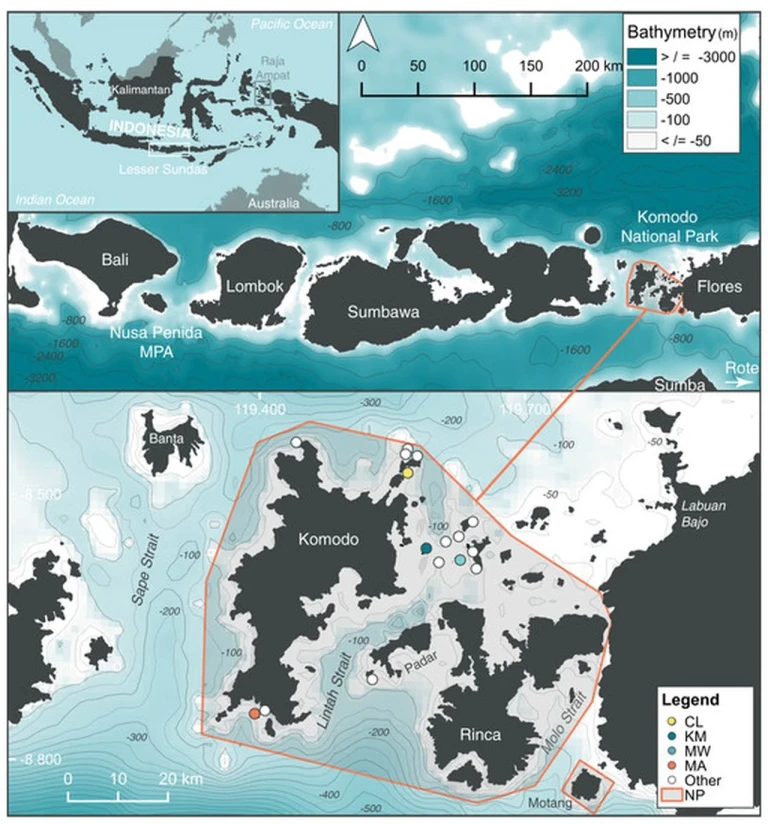
However, this means that mantas preferring areas where fishing occurs, as well as popular spots for boat rides and underwater activities among tourists, experience more negative consequences than others. Additionally, they suffer injuries from getting entangled in fishing gear.
Fishing has been prohibited in many coastal areas of Komodo National Park since 1984, including manta habitats. However, due to illegal fishing and the movement of mantas into waters with extensive fishing activities, they face various threats.
Let's share some interesting facts about these remarkable and insufficiently studied aquatic inhabitants.
Mantas are considered some of the most intelligent creatures in the ocean.
Mantas are large fish belonging to the Myliobatiformes order, which includes rays and similar species. This order is closely related to sharks and is characterized by cartilaginous bodies.
There are two indicators used to assess the intelligence of different animal species: brain mass and the ratio of brain size to body size. Mantas have the largest brain among all fish, proportionate to their bodies.
This indicates that in the process of evolution, these animals invested significant resources in developing their brain activity. Mantas can recognize other individuals and possibly even themselves, possessing intelligence comparable to mammals, making them much more advanced than typical fish.
Self-recognition is considered the ultimate test of intelligence, and mirror tests show that only human-like primates and dolphins possess this ability. It is presumed that mantas are aware of their own reflection because when shown a mirror, they behave unusually, often repeating movements similarly to how humans "primp." According to scientists, mantas react differently when encountering another animal, indicating their awareness of their own reflection.
Moreover, mantas make additional efforts to explore various objects. Their large brains have densely packed areas that play a crucial role in functions such as vision and movement coordination. Mantas regularly visit the same feeding areas or the so-called "cleaning stations" on coral reefs, where cleaner fish remove various parasitic organisms attached to their skin. This suggests mantas' ability to create mental maps of their environment, helping them return to their preferred locations.
They are also characterized by a high degree of curiosity; mantas often exhibit playful behavior towards divers. This phenomenon is encountered to a similar extent only in intelligent, social marine mammals such as dolphins and whales. Divers also note that mantas actively seek help when entangled in fishing lines or injured, instead of the typical fear response seen in animals in such situations.
Although there are few mantas in captivity due to their large size, marine experts from the S.E.A. Aquarium at Resorts World Sentosa in Singapore claim that they can recognize gesture signals, such as double tapping on the head.
Today, mantas are listed as "threatened with extinction" on the International Union for Conservation of Nature (IUCN) Red List. Let's collectively work towards the conservation of the remaining animal species on the planet by reducing our impact on their natural habitats.
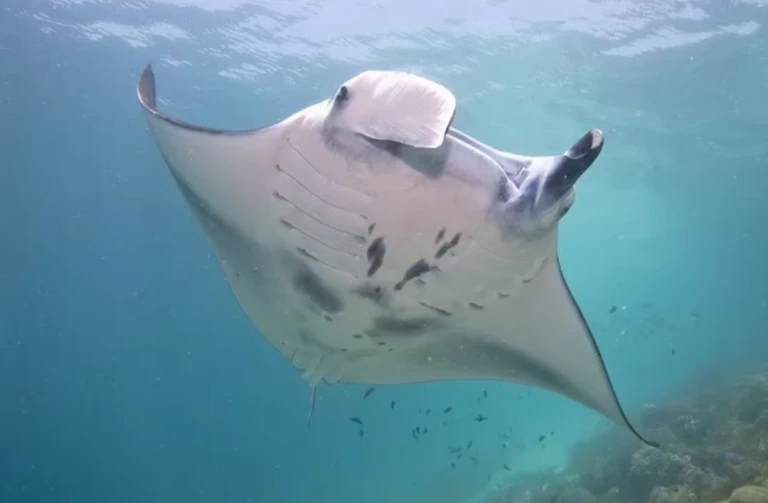
You can add one right now!